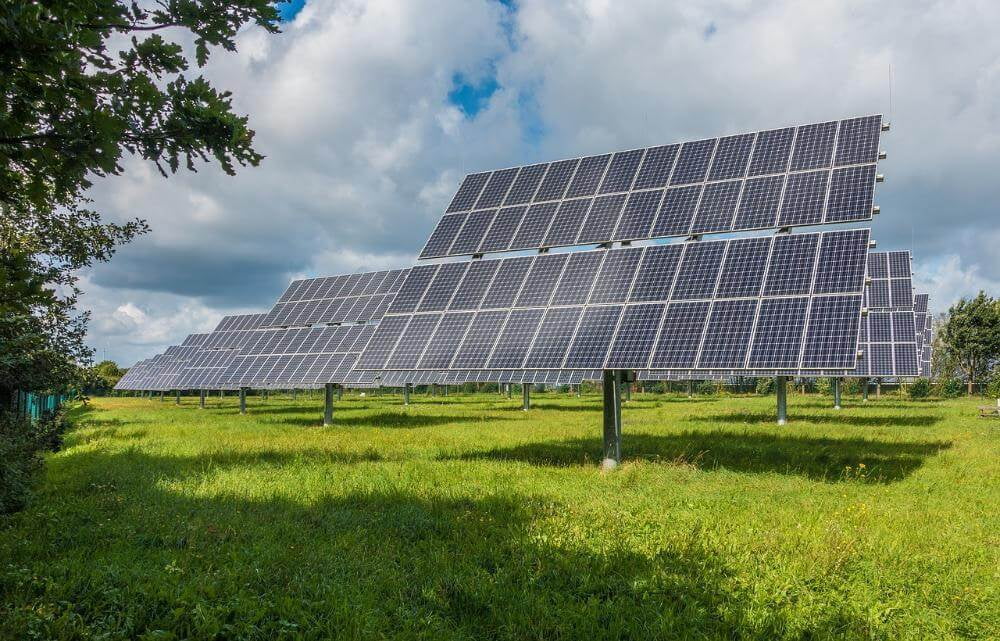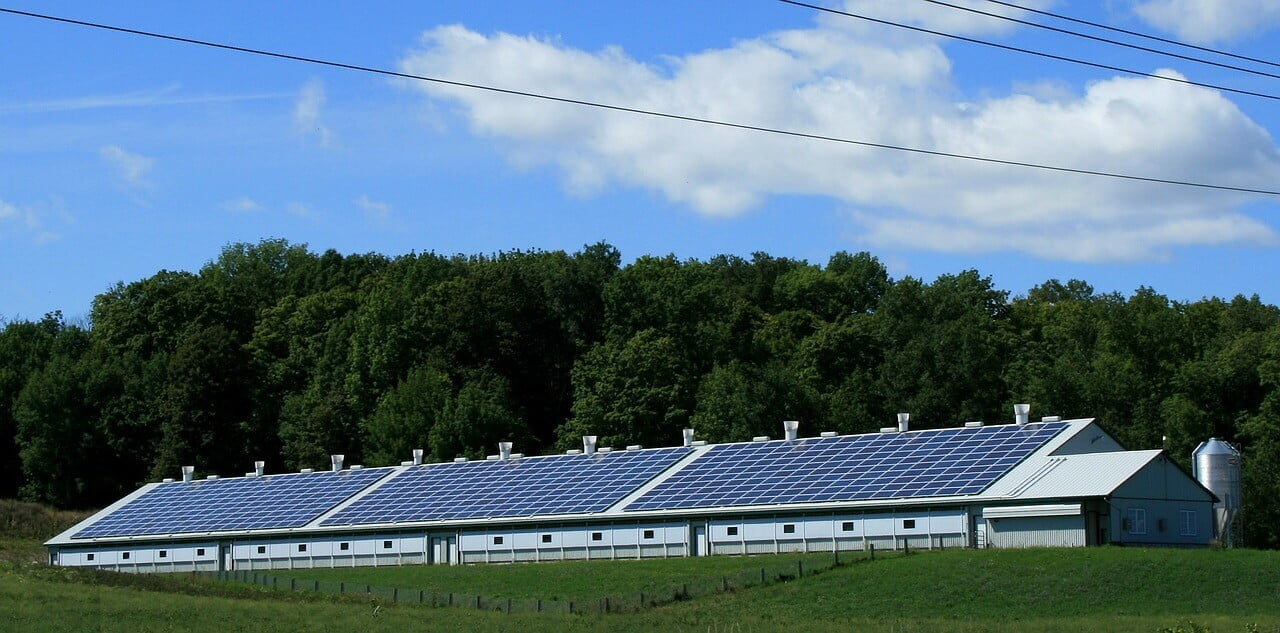
We frequently hear about low-cost financing options for solar panels, but that's not the only benefit to generating solar energy. SRECs—or solar renewable energy certificates—help states like Pennsylvania operate more sustainably while providing passive income to solar system owners.
Here's what to know about PA SRECs and the current regional price trends.
What SREC Stands For
SREC stands for Solar Renewable Energy Certificate.
SRECs are a form of solar incentive based on performance of the system. Solar project owners can earn passive income by generating more solar electricity.
Homeowners or industrial business owners can earn a certificate for every 1,000 kilowatt-hours (“kWhs”) or 1 megawatt-hour (“mWh”) of solar generation.
Many states—including Pennsylvania—have a renewable portfolio standard (RPS) that requires a specific amount of energy that utilities sell must be renewable. Unlike cap-and-trade programs, which put an upper limit on carbon emissions, RPS sets a minimum for sustainable energy alternatives. (RPS is sometimes referred to as APS, or alternative energy portfolio standard.)
SRECs for solar energy generation are a useful tool for helping utilities across the country meet the RPS standards of their State.
As RPS regulations change, SRECs are becoming more important.
How Pennsylvania's SREC Program Works
States implement a Renewable Portfolio Standard (RPS) when they want to stimulate solar development in their respective State. Legislators create a requirement for retail electricity suppliers to have an increasing percentage of “clean” kWhs in the energy they deliver to customers. This is regulated through the State Legislature.
Electric suppliers can meet the RPS mandate using one of two ways:
Building and operating their own solar PV systems (which few have done)
Buying the SRECs created by other solar PV installation in that state
If a supplier fails to meet the annual requirement for clean electricity, they pay a non-compliance penalty to the state. SRECs actively trade on a number of certified online platforms, including Flett Exchange and SRECTRADE.
Behind-the- meter solar PV systems offset the cost to the owner of buying the same amount of electricity from the grid resulting in savings. Large utility scale solar PV projects interconnect direct into the transmission system and sell the generated electricity to the grid at wholesale rates creating revenue for the owners. The SREC value is in addition to the value of the energy produced by the system.
For reference, here's how SRECS move through the SRECTrade platform:
Image Source: SRECTrade
In Pennsylvania, the overall RPS has a "solar carve-out" that says a certain portion of renewable electricity must come specifically from solar power.
PA SRECs have a lifespan of three years. Any SREC you generate in 2023 can count through 2025. Business owners and residents must own (not lease) their solar energy system in order to be eligible to sell SRECs in the Pennsylvania market.
How You Can Benefit from Pennsylvania SRECs
PA businesses benefit from SREC revenue. How much money you will earn from SRECs in any given year depends on two key factors:
How much energy your solar system generates
The price of each SREC (which depends on supply vs. demand and SREC prices by state)
At the start of 2023, SREC prices in PA hovered around $45 per certificate.
Pennsylvania SREC Market Update
RPS solar carve-out: 0.5% in calendar year 2021 (out of 18 percent overall RPS)
The Pennsylvania SREC market peaked above $300 in summer 2010, but quickly became oversupplied as systems built in other PJM interconnection states exported their SRECs to Pennsylvania as allowed under the state’s RPS plan.
The oversupply sent the PA SREC price crashing to a low of $4 by summer 2017. On October 31st, 2017 Governor Tom Wolf signed House Bill 118 that closed the state to the import of out-of-state sRECs. Existing out-of-state contracts would be honored through their termination date.
The legislation had an impact on market pricing, boosting the price for freshly minted PA SRECs close to $40 in 2021. Undersupply from a lack of SREC imports means in-state SREC prices are pressured upwards.
In early 2021, Wolf announced that half of PA's government electricity would come from solar energy by 2023. Meanwhile, a pair of state senators introduced legislation that would increase the PA RPS solar carve-out target to 5.5 percent by 2026. That legislation has since stalled but updated targets are still likely.

New Jersey SREC Market Update
New Jersey has seen consistently strong SREC prices for over a decade with spot prices around $223 at the beginning of 2023. The legislature and governor have modified the state’s RPS plan several times over the period, raising the amount of solar generation suppliers need to acquire. Assembly Bill 3723, signed by Governor Murphy in May 2021, was one such effort.
However, AB-3723’s solar requirement plateaus at approximately 5,300 gWh and reduces the Alternative Compliance Penalty steadily through 2033 as the state transitions to a new program.
The New Jersey Successor Solar Incentive (SuSI) program officially opened for projects on August 28, 2021.
Maryland SREC Market Update
RPS solar target: 6% by calendar year 2023, increasing to 14.5% by 2030
In 2019, Maryland Governor Larry Hogan passed the Maryland Clean Energy Jobs Act that pushes the overall RPS to 50% by 2030, 14.5% of which comes from solar.
By summer 2021, Hogan passed SB-65 into law to revise the state's RPS, decreasing the rate of solar carve-out increase over the next seven years while increasing the solar alternative compliance payment (SACP) during the same time period. The end goal for the RPS remains the same. Originally, the SACP was projected to decrease during this time period. This pivot will help decrease the degree of undersupply in upcoming years.
At the start of 2023, the latest bid price for MD SREC prices was near $59.
Bottom Line on PA SRECs
SRECs are an important tool to help utilities companies prioritize renewable energy like solar. They're also an effective method of generating passive income for solar power system owners. When combined with low-cost financing, investing in in-house solar for your PA business is a no-brainer.
